Study prepared by Aviseo Conseil for the Chamber of Marine Commerce
Currently the Canada Border Services Agency (CBSA) only supports the scanning and clearance of foreign shipping containers at five ports in Canada: Halifax, Saint John, Montreal, Prince Rupert, and Vancouver, creating challenges in Canada’s supply chain.
This study was undertaken to assess the benefits of expanding CBSA container clearance services to six additional inland ports located on the Great Lakes and St. Lawrence River.
The study shows that if additional CBSA container clearance support was provided to all the ports studied, it would:
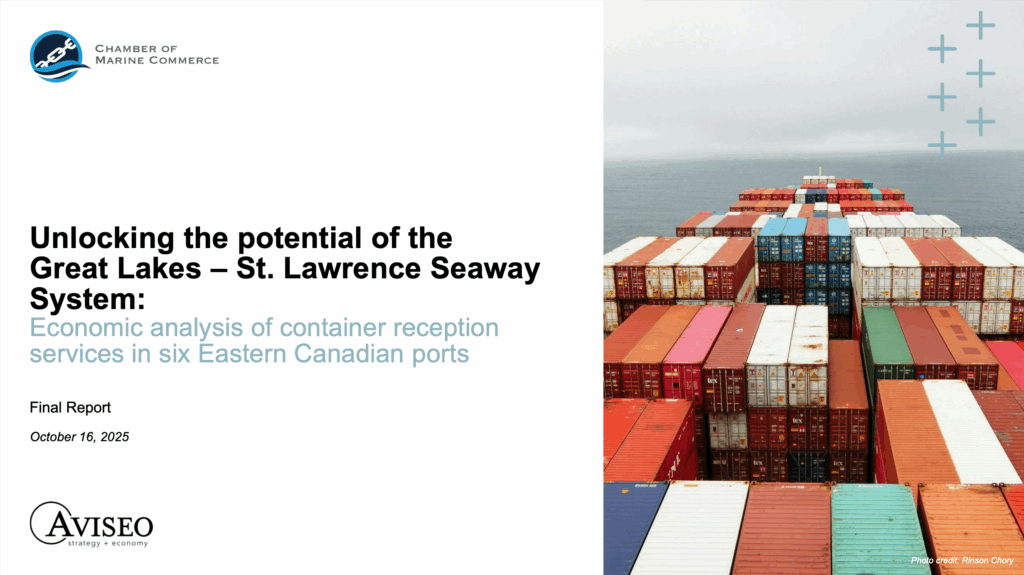
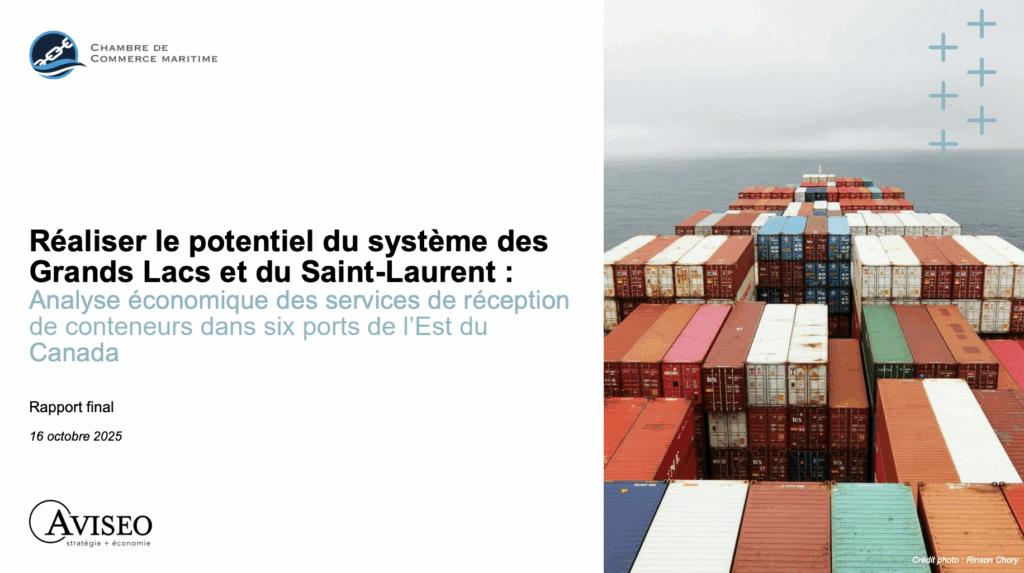
Key Benefits Created at Each Port By Adding CBSA Container Clearing Support
Key Benefit: With its 15-metre depth and existing infrastructure, including an operational maritime customs post and a strong intermodal network, QSL aims to optimize the loading capacity of container ships traveling to and from the Port of Montreal.
Local Economic Benefit: Boosts business income by $59M.
Environmental Benefits: Saves 25,500 tonnes of CO₂e annually, reducing social costs of greenhouse gases by $123M over 20 years.
Supply Chain Benefits: Increase competitiveness and reduce transportation and handling costs throughout the entire Great Lakes and St. Lawrence supply chain.
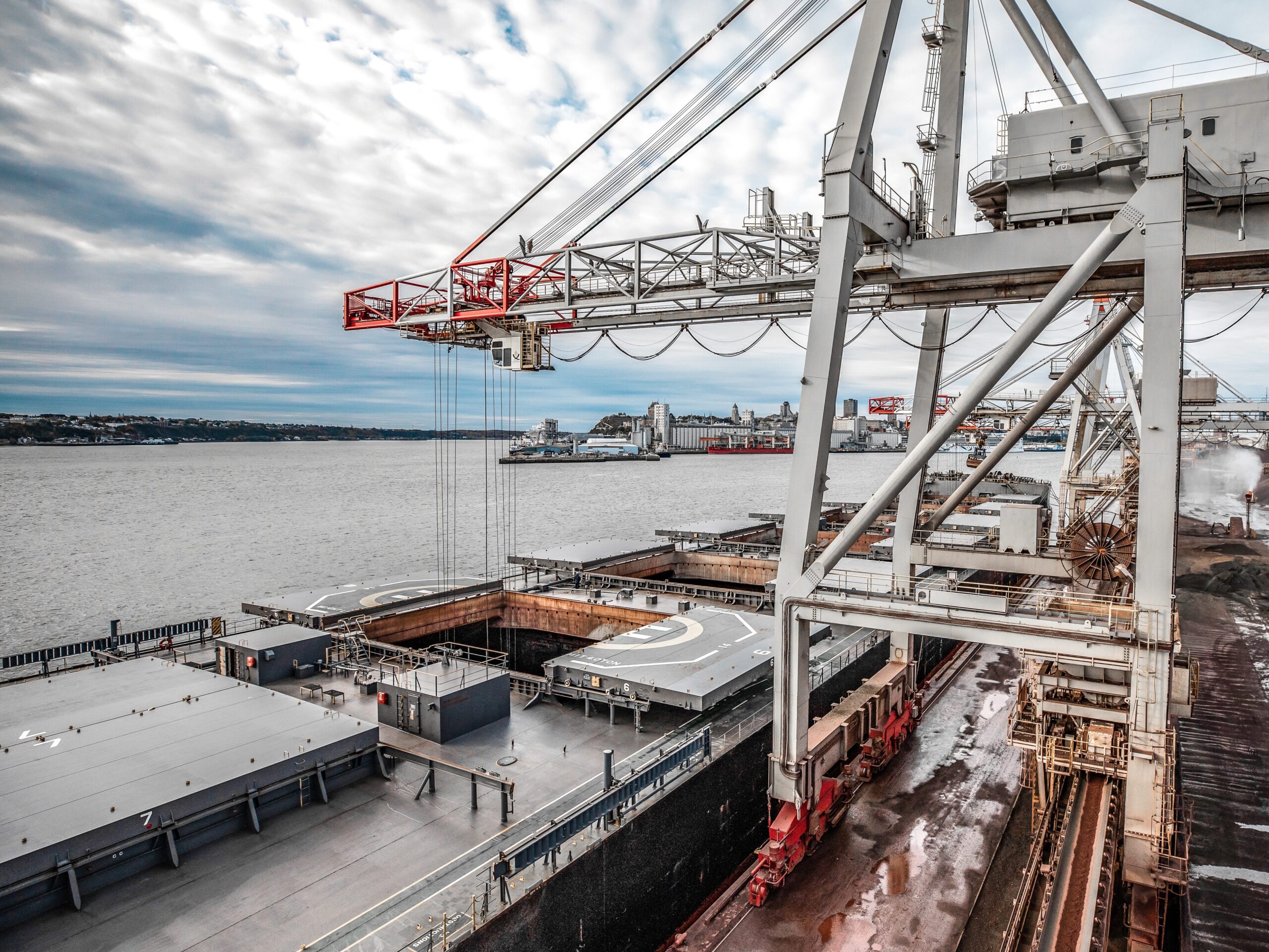
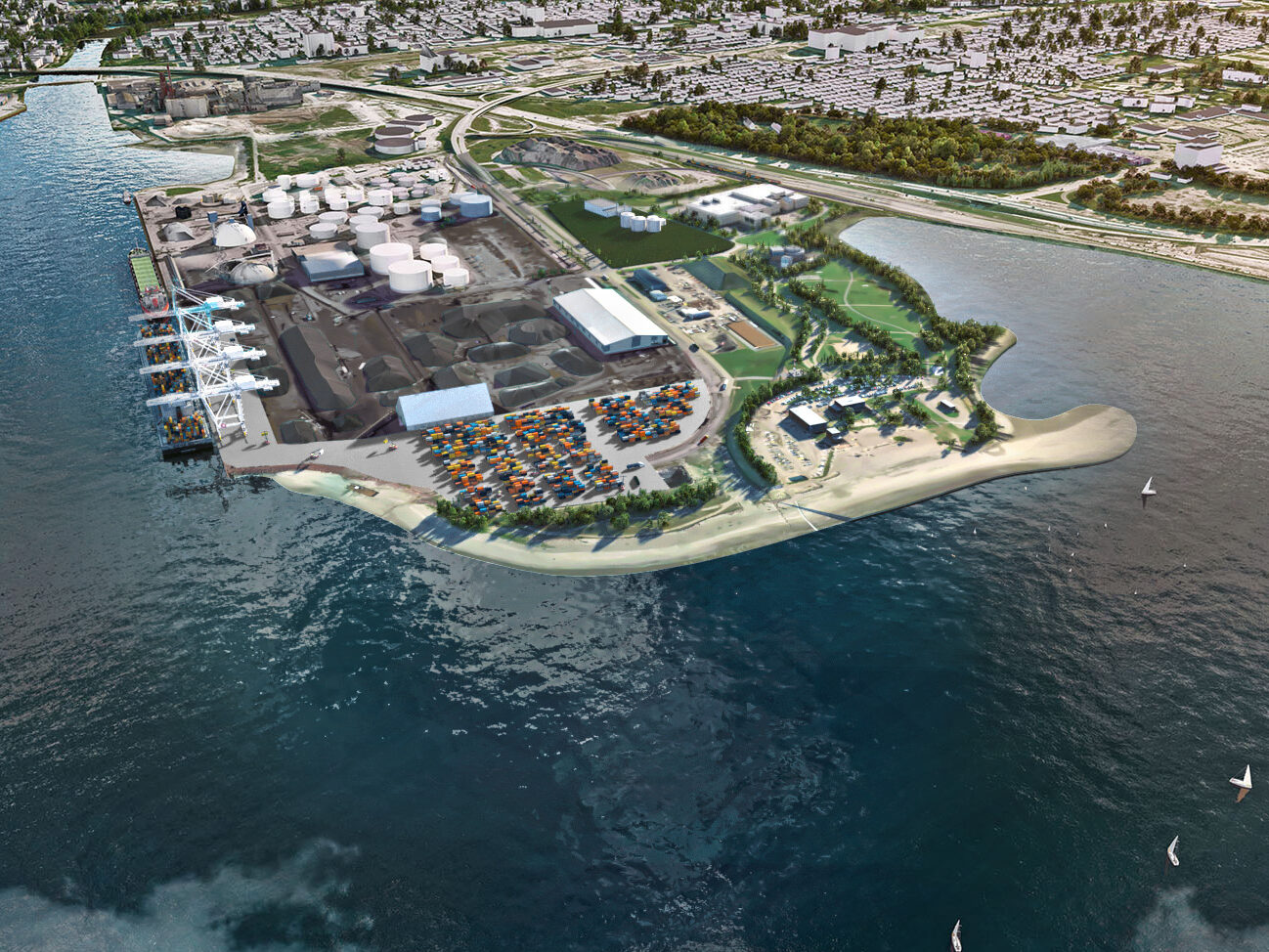
Hamilton Container Terminal (HOPA Ports and Hamilton Container Terminals Inc.:)
Key Benefit: The Greater Toronto and Hamilton Area (GTHA) is the regional backbone for handling trade volume moving through Canada’s major marine gateways, and HOPA and Hamilton Container Terminals Inc. (HCT Inc.) have partnered to create the Hamilton Container Terminal (HCT) to increase inland capacity. In addition, Federal funds have been directed to support capacity in Hamilton. However, the benefits of the partnership and additional investment cannot be fully realized without CBSA support.
Local Economic Benefit: Supports an additional $10.5 million in business income.
Cost Savings: Saves $27.6M annually for businesses through reduced trucking, storage, and logistics costs.
Congestion Relief: Reduces 930,000 truck kilometers annually, saving and estimated $245,000–$490,000 in congestion costs.
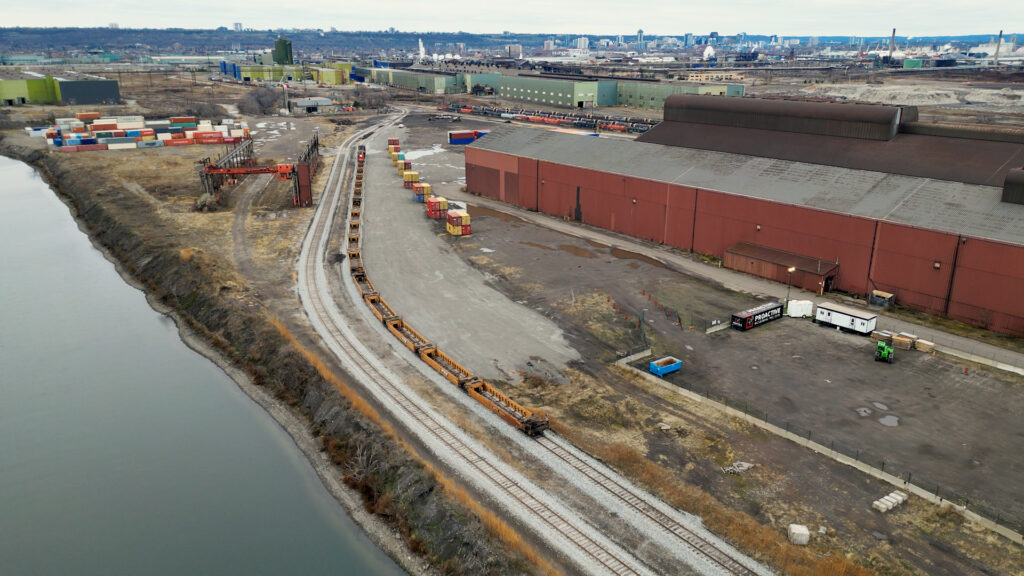
Key Benefit: Significantly reduces risks associated with transporting hazardous materials by truck and supports a port with specific experience in handling dangerous shipments.
Local Economic Benefit: Potentially adds $5.84M in business income.
Strategic Benefit: Supports Canada’s Critical Mineral Strategy by facilitating uranium exports and nuclear fuel imports.
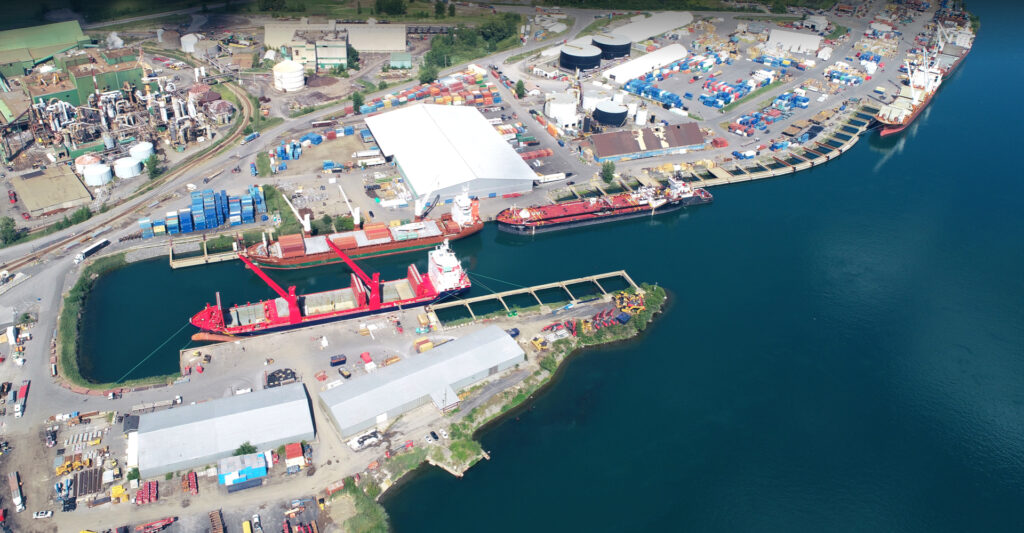
Key Benefit: Strengthens Windsor-Essex’s appeal for advanced manufacturing and EV battery production.
Local Economic Benefit: Adds $25.9M in business income.
Efficiency: Reduces transport-related costs by up to $3,000 per container and improves empty container allocation.
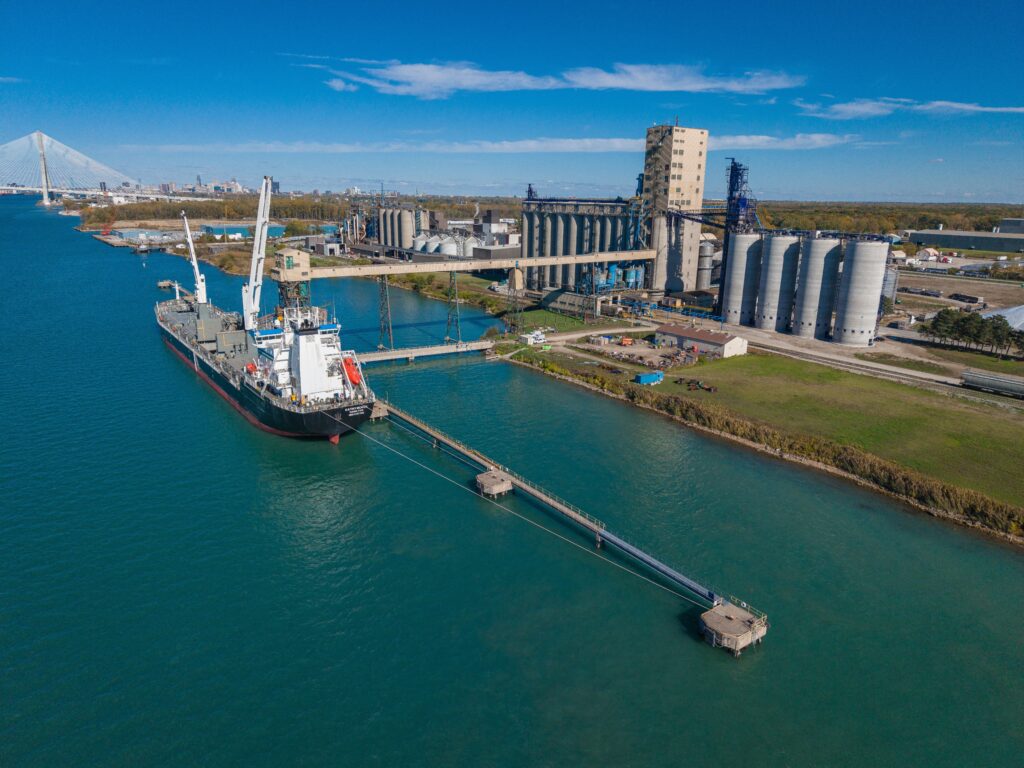
Key Benefit: Supports Eastern Ontario’s manufacturing and agricultural sectors.
Economic Benefit: Contributes an additional $26.4M in business income.
Logistics: Reduces trucking congestion, eliminates tens of thousands of truck trips annually, and improves supply chain efficiency.
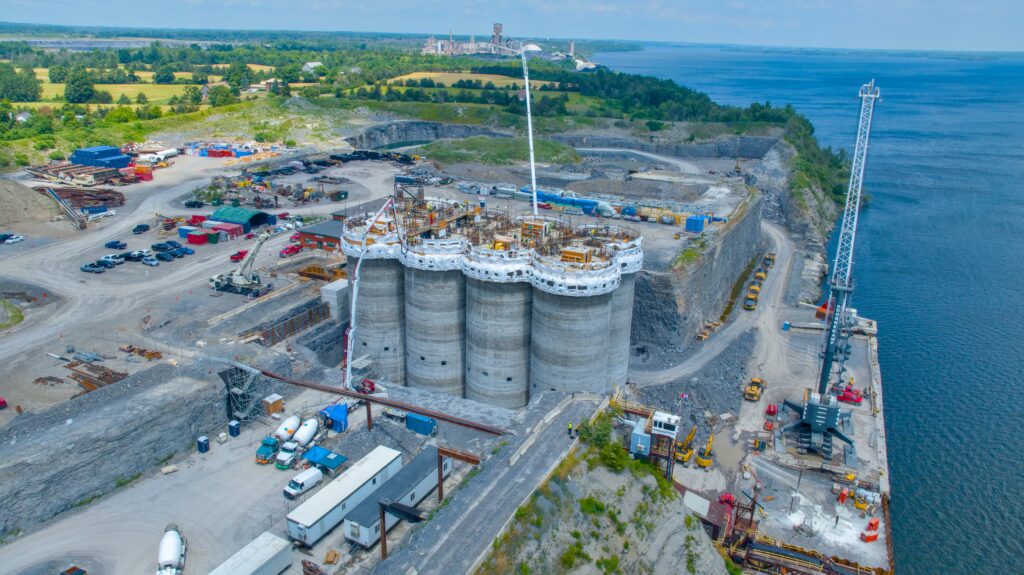
Key Benefits: Creates a trade corridor between Chicago and Goderich, reducing dependence on costly truck transportation. Supports local industries, particularly agriculture and manufacturing, with efficient container handling.
Local Economic Benefit: Contributes $4.8M in business income.
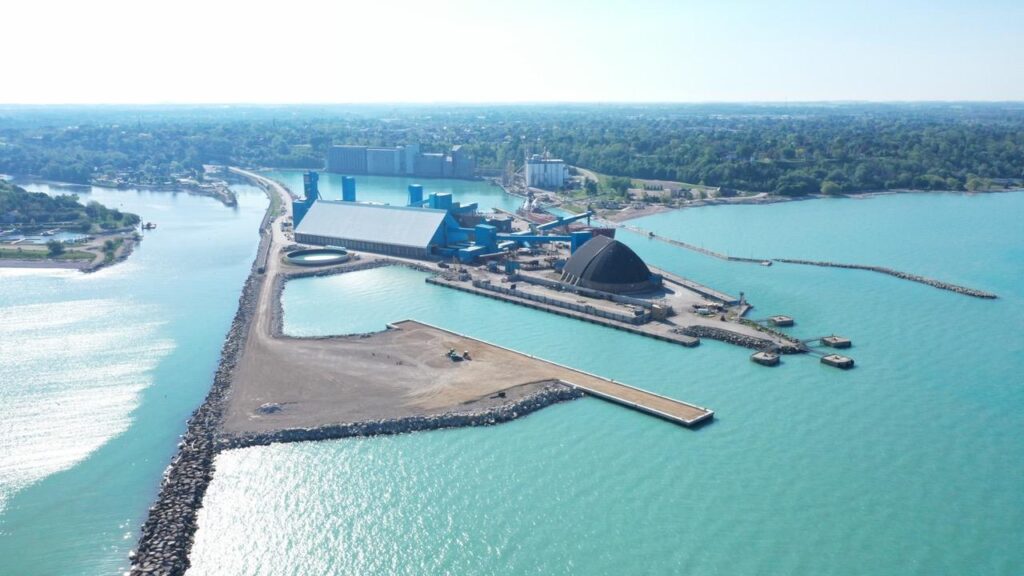
Information About the Organization that Prepared the Study
Aviseo authored the study. For almost a decade, Aviseo Conseil has supported Quebec’s economic leaders in the pursuit of their strategic ambitions. In 2022, Aviseo established a foundation to expand its civic engagement. This foundation focuses its work on causes that have a positive impact on the responsible development and long-term economic prosperity of society.
Participating Ports